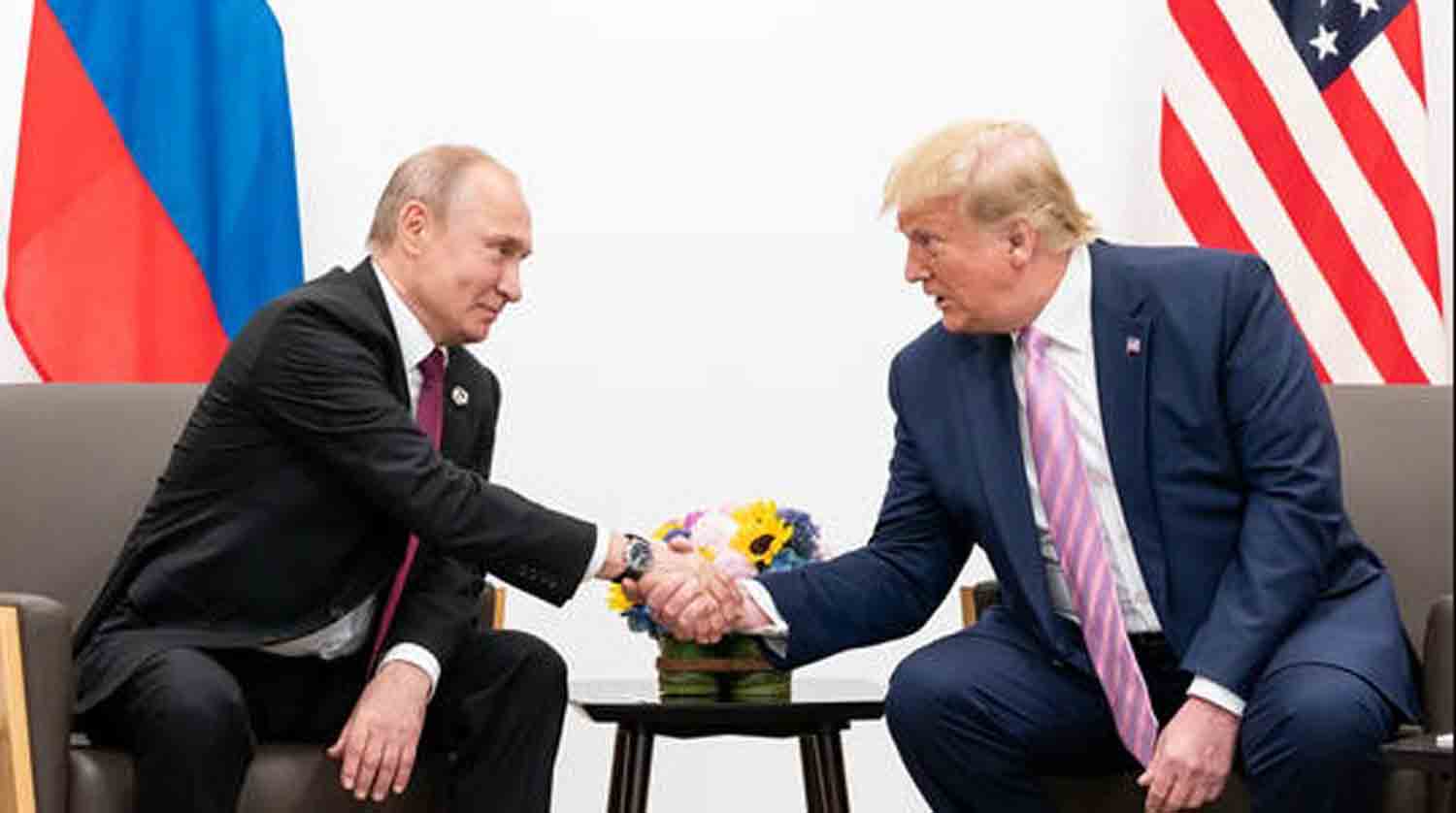Chinese and Indian oil refiners are expected to increase their imports from the Middle East, Africa, and the Americas, which will likely lead to higher prices and increased freight costs. This shift comes in response to new U.S. sanctions targeting Russian oil producers and vessels, which are expected to limit supplies to Moscow’s primary customers, according to traders and analysts.
On Friday, the U.S. Treasury announced sanctions against Russian oil companies Gazprom Neft and Surgutneftegas, along with 183 vessels involved in transporting Russian oil. These measures aim to disrupt the revenue streams that Moscow relies on to finance its military operations in Ukraine.
Many of the affected tankers have been transporting oil to India and China, as Western sanctions and a price cap imposed by the Group of Seven nations in 2022 have redirected Russian oil trade from Europe to Asia. Some vessels have also been involved in transporting oil from Iran, which is similarly under sanctions.
The new sanctions are expected to significantly impact Russian oil exports, compelling independent Chinese refiners to reduce their refining activities, according to two unnamed Chinese trade sources who are not authorized to speak to the media.
Among the sanctioned vessels, 143 are oil tankers that collectively transported over 530 million barrels of Russian crude last year, accounting for approximately 42% of the country’s total seaborne crude exports, as noted by Kpler’s lead freight analyst, Matt Wright. Of this volume, around 300 million barrels were sent to China, with the majority of the remainder going to India.
Wright indicated that these sanctions will considerably diminish the number of ships available for transporting crude from Russia in the near term, resulting in higher freight rates.
A trader based in Singapore reported that designated tankers transported nearly 900,000 barrels per day of Russian crude to China over the last year. He remarked, “It’s going to drop off a cliff.”
In the first eleven months of the previous year, India’s imports of Russian crude increased by 4.5% year-on-year, reaching 1.764 million barrels per day, which accounted for 36% of the country’s total imports. During the same timeframe, China’s imports, including pipeline supplies, rose by 2% to 99.09 million metric tons (approximately 2.159 million barrels per day), representing 20% of its total imports.
China primarily imports Russian ESPO Blend crude, which is sold above the price cap, while India mainly purchases Urals oil. Vortexa analyst Emma Li indicated that exports of Russian ESPO Blend crude could cease if sanctions were strictly enforced, contingent on whether U.S. President-elect Donald Trump decides to lift the embargo and if China recognizes the sanctions.
The new sanctions are expected to drive China and India back into the compliant oil market, seeking additional supplies from the Middle East, Africa, and the Americas, according to sources. Spot prices for grades from the Middle East, Africa, and Brazil have already increased in recent months due to rising demand from China and India, as supplies of Russian and Iranian oil have tightened and become more costly. An Indian oil refining official noted, “Already, prices are rising for Middle Eastern grades.” He added, “We have no choice but to turn to Middle Eastern oil. We may also need to consider U.S. oil.” A second Indian refining source mentioned that sanctions on Russian oil insurers would likely lead Russia to price its crude below $60 a barrel to continue utilizing Western insurance and tankers.
Harry Tchilinguirian, the head of research at Onyx Capital Group, stated that Indian refiners, who are the primary consumers of Russian crude, are unlikely to remain passive and will actively seek alternatives in Middle Eastern and Dated-Brent related Atlantic Basin crude. He noted that the strength of the Dubai benchmark is expected to increase, as there will likely be intense competition for February loading cargoes such as Oman or Murban, which will result in a narrower Brent/Dubai spread.
Additionally, last month, the Biden administration imposed sanctions on more vessels involved in Iranian crude trade in anticipation of stricter measures from the incoming Trump administration. This led the Shandong Port Group to prohibit sanctioned tankers from entering its ports in eastern China. Consequently, China, the largest purchaser of Iranian crude, is expected to pivot towards heavier Middle Eastern oil and likely increase its imports of Canadian crude via the Trans-Mountain pipeline (TMX), according to Tchilinguirian.
Discover more from Defence Talks | Defense News Hub, Military Updates, Security Insights
Subscribe to get the latest posts sent to your email.





